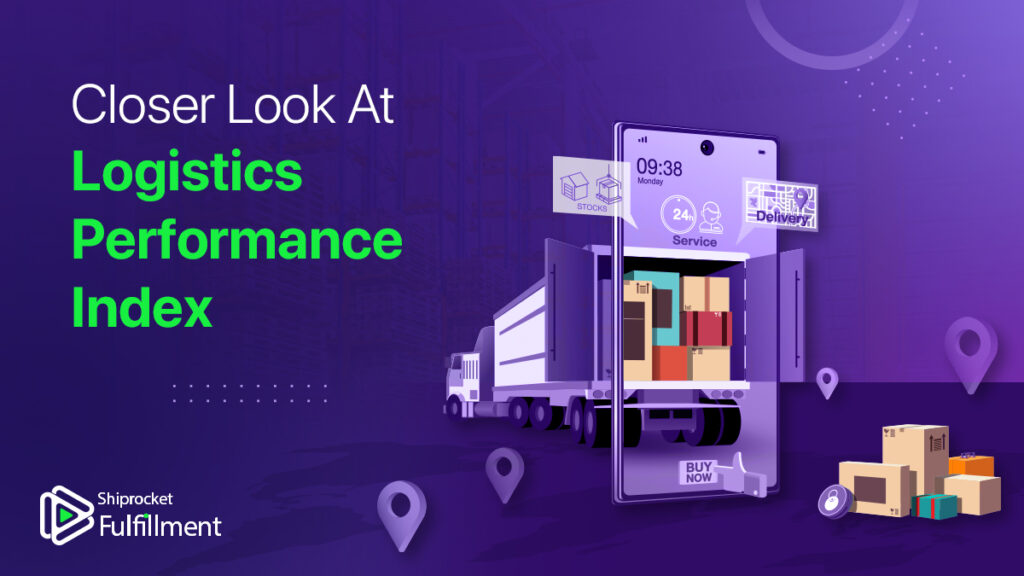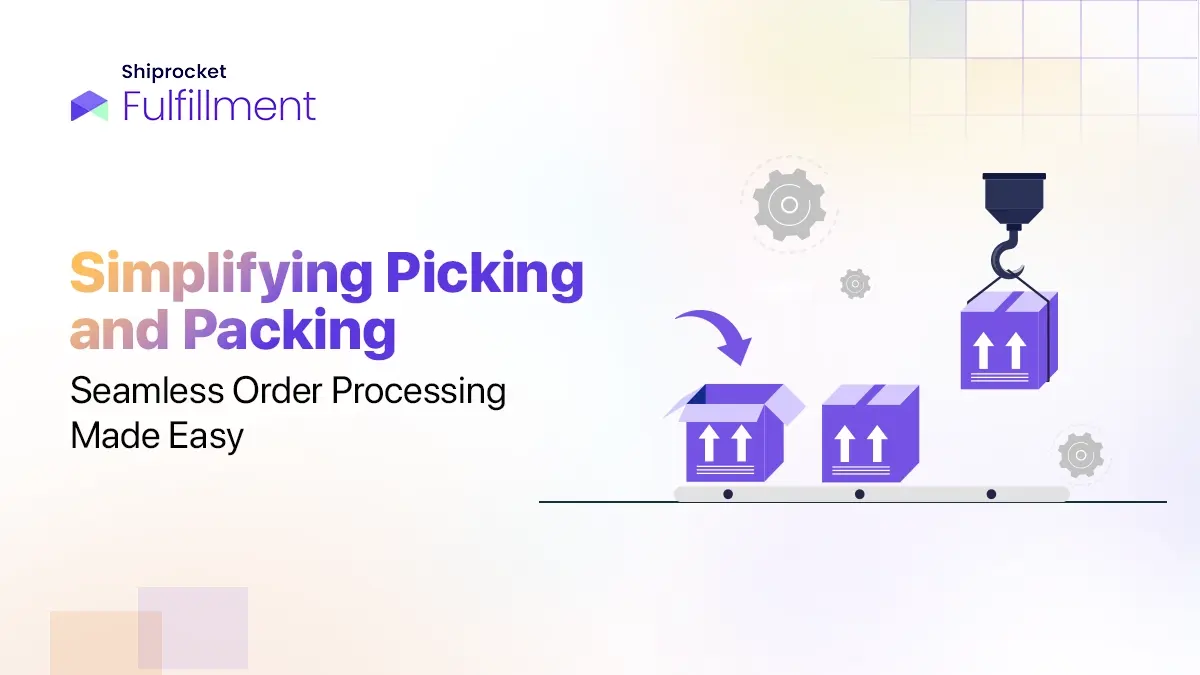Logistics plays an integral role in global trade and domestic commerce. If a country’s logistics are not strong, there are chances that the supply chain and trade performance will not be up to the mark. You need checks and balances to ensure that the systems are working as planned and delivering the desired outcome from the strategies executed.

The logistics performance index is one such performance indicator that compares the customs procedures, logistics costs, quality of infrastructure, transportation facilities, etc., of different countries.
What is the Logistics Performance Index?
The logistics performance index is a benchmarking tool created by the World Bank to give countries a platform to identify the challenges and opportunities they might face in their trade logistics performance.
They carry out a worldwide survey of global freight forwarders and express carriers. The logistics performance index offers an insight into the logistics friendliness of these 150+ countries.
The World Bank calculates an international LPI and a domestic LPI. The domestic LPG looks in detail at the logistics environments of over a hundred countries. Whereas, in the international LPI, a worldwide survey is conducted, and the ranking is given based on six trade dimensions.
Criteria For Calculating Logistics Performance Index
The logistics performance index is calculated based on the six dimensions of trade. These components analyzed are chosen based on the theoretical and empirical research and the practical experience of logistics professionals involved in the international freight forwarding operations.
The six dimensions include-
- The efficiency of customs and border management clearance (“Customs”).
- The quality of trade and transport infrastructure (Infrastructure”).
- The ease of arranging competitively priced shipments (Ease of arranging shipments”).
- The competence and quality of logistics services—trucking, forwarding, and customs brokerage (“Quality of logistics services”).
- The ability to track and trace consignments (“Tracking and tracing”).
- The frequency with which shipments reach consignees within scheduled or expected delivery times (“Timeliness”).
(Source: The World bank)

Where Does India Stand With The Logistics Performance Index?
According to the LPI data survey, India was ranked 44th in the logistics performance index in 2018.
India has moved up from the 54th position in 2014 to the 35th in 2016. However, due to the limited scope of growth without several full-proof reforms in the sector, this position could not be maintained.
The government of India has introduced several schemes to reduce the cost of logistics in India, promote growth, and ensure that the logistics sector of India becomes an essential component for transforming India into a five trillion dollar economy.
A few of the notable changes are the investments made in different transport sectors, policy reforms like GST, and positive measures supporting EODB.
With the Make in India program launched in 2014, India aims to transform into a manufacturing hub, and the need for reforms in the logistics sector was amplified.
Top 10 LPI Countries
According to World Bank’s 2018 survey, the top 10 countries with the highest LPI were –
- Germany
- Sweden
- Belgium
- Austria
- Japan
- Netherlands
- Singapore
- Denmark
- United Kingdom
- Finland
What are the Logistics Challenges Faced in India?
Currently, India faces several challenges in logistics performance. The foremost challenge is an infrastructure gap developed over the years based on a sectoral basis with a primitive legal and regulatory framework. Other challenges include old-fashioned IT systems that are not integrated, the overdependence on road transport, a lack of skilled workforce, and low transparency and visibility and supply chains. The logistics costs in India are also very high, and integrated development of the sector is necessary.
Final Thoughts
A strengthened supply chain and logistics sector can be a game-changer for India’s economic development. With several reforms coming into the picture, an integrated development approach will help our country compete with the top countries in the logistics performance index.






